Energy audits 101
In 2014, Standards Australia released a major update to the Australian/New Zealand Standard for energy audits. The update focused on ensuring it supports the delivery of consistent, high quality audits, which enable businesses to make informed decisions on energy upgrades.
Because of the different needs of different sectors, the Standard is presented in three parts:
• AS/NZS 3598.1:2014 – Commercial buildings;
• AS/NZS 3598.2:2014 – Industrial and related activities; and
• AS/NZS 3598.3:2014 – Transport and related activities.
In most cases, manufacturing sites should specify an audit be undertaken in accordance with AS/NZS 3598.2:2014 – Industrial and related activities. They should also specify one of the three audit ‘types’, depending on their needs:
• Type 1: Basic energy audit;
• Type 2: Standard energy audit; or
• Type 3: Precision subsystem energy audit.
Type 1: Basic energy audit
This is the simplest form of energy audit accepted under the Standard. It is suitable for small sites, sites with limited analysis budgets, or as a basic evaluation or preliminary investigation for larger sites leading to a higher-grade audit.
The Type 1 audit will provide you with a list of energy efficiency measures identified by the energy auditor from a site visit and basic analysis of your energy use data. The key focus for the Type 1 Audit is on energy efficiency measures with a payback of less than two years.
Energy efficiency opportunities will be evaluated for applicability to the site but savings calculations will be rely on rules of thumb and estimates rather than detailed analysis. Savings must however be reconciled against the current site energy use balance to ensure a broad level of accuracy is achieved.
Type 2: Standard energy audit
This is the standard model for a site wide energy audit under the Standard. It is suitable for most sites as an investigation that will lead to clearly identified, specific energy efficiency measures with costs and savings built up to a medium level of accuracy suitable for most investment decisions.
The Type 2 audit will provide you with a list of energy efficiency measures identified by the energy auditor from a site visit and thorough analysis of your energy use data along with any existing submeter data. The audit does not normally include the installation of additional submetering or monitoring by the auditor, but should make best use of such data as already available. The audit will provide you with a comprehensive review of energy savings opportunities below four year payback plus investigation of strategic savings opportunities for longer payback.
Energy efficiency opportunities will be detailed and specific to your site and savings calculations will be closely linked to the analysis of site energy use and operation. Savings will be reconciled against the current site energy sue balance both on an annual basis and in terms of daily use profiles to ensure that a medium level of accuracy is achieved.
Type 3: Precision subsystem energy audit
The Type 3 energy audit is used where a detailed investigations of a subsystem within a larger site is needed, requiring the installation and monitoring of energy data. This is a specific model generally suited to subsystems within large sites, where very detailed analysis is required to identify and quantify energy savings, typically to support a major investment in that subsystem.
The Type 3 audit will provide you with a list of energy efficiency measures identified by the energy auditor from one or more site visits in combination with the results from the installed submetering and thorough analysis of all data. The audit will provide you with a comprehensive review of energy savings opportunities below 4 year payback for the subsystem being assessed plus investigation of strategic savings opportunities for longer payback.
Energy efficiency opportunities will be detailed and specific to the subsystem being investigated and savings calculations will be closely linked to the analysis of site energy use, additional monitoring data and operation. Cost figures will be developed to meet the needs of your business processes. Savings will be reconciled against the current site energy use balance both on an annual basis and in terms of daily use profiles to ensure that a higher level of accuracy is achieved.
Adjusting audit requirements
There is provision in Appendix A of the Standard to adjust many of the key parameters of each audit Type to customise it to your specific needs. For instance, a manufacturer could increase the four year threshold for comprehensive investigation in a Type 2 audit to six years.
For a more detailed understanding of the Australian/New Zealand Standard 3598:2014, read the Quick Reference Guide to Energy Auditing to Australian/New Zealand Standard 3598:2014.
Click here to return to the Energy 101s page.

